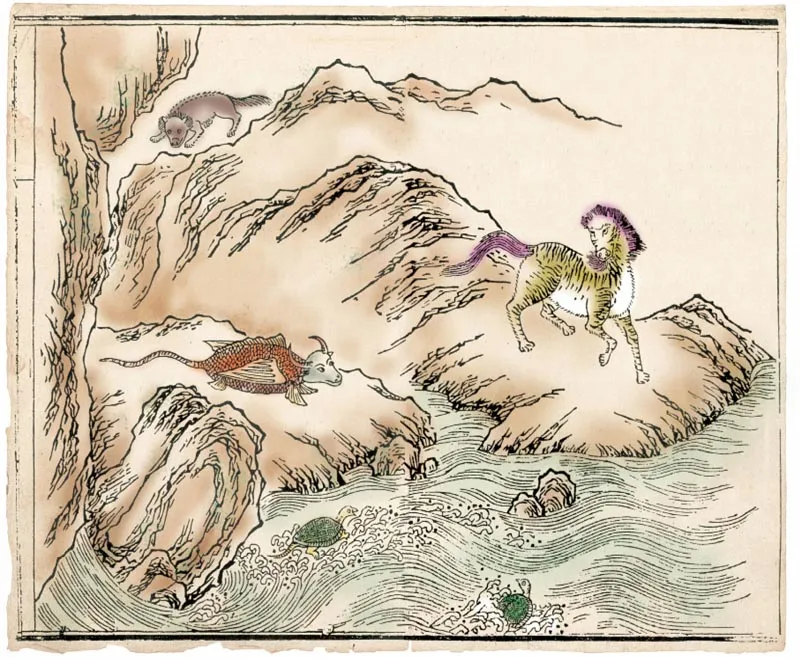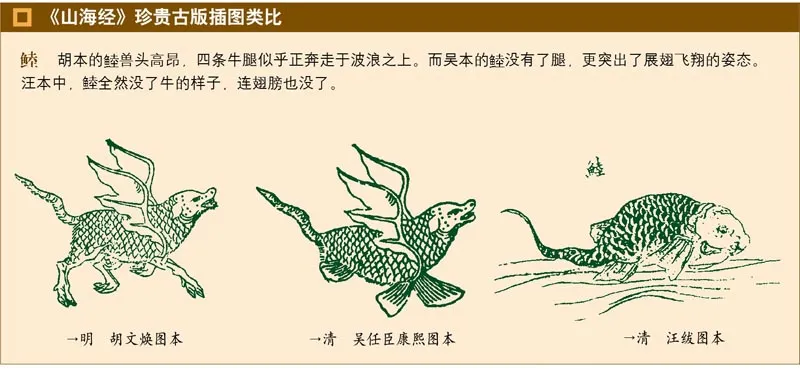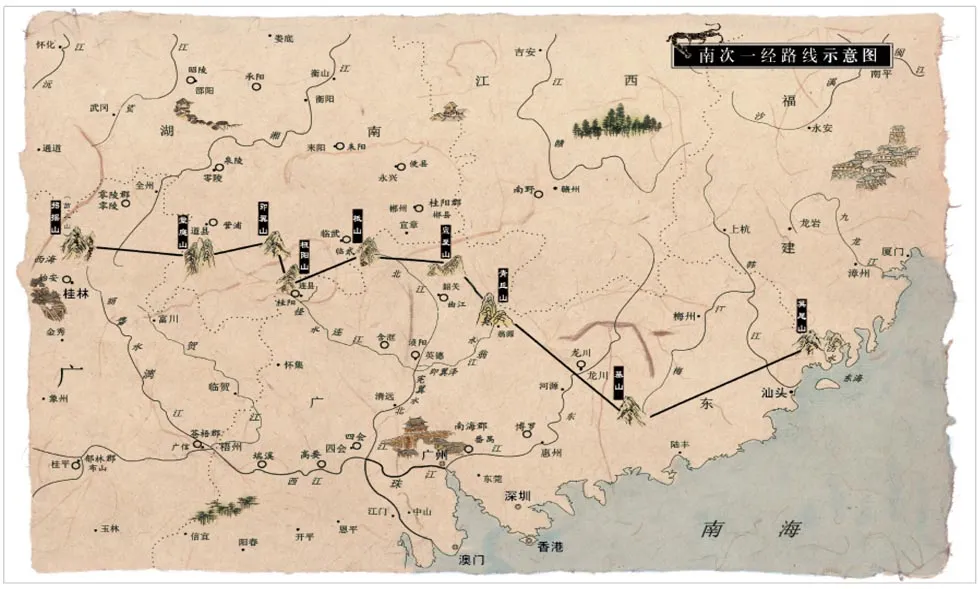The Shan Hai Jing (Classic of Mountains and Seas) is an ancient Chinese text filled with mythical tales, detailing the geography, flora, fauna, and mystical creatures of the world. It offers a glimpse into early Chinese cosmology and mythology, blending the natural world with the fantastical. One of its sections, the Southern Mountains Classic (南山經), describes the natural landscapes of three mountain ranges, starting with Mount Zhaoyao, Mount Gui, and Mount Tianyu. These mountains are home to a variety of extraordinary creatures, rare plants, and valuable minerals, showcasing the rich mythology and the intricate relationship between nature and the supernatural in ancient Chinese thought.
Section 1: The Que Mountain Range (鵲山山係)
The first range of mountains in the southern section is the Que Mountain Range. It begins with Mount Zhaoyao, which stands majestically on the coast of the Western Sea. This mountain is known for its abundance of cassia trees, precious metals, and jade. One remarkable plant found here is called Zhuyu (祝餘), which resembles leek but blooms with green flowers. Consuming it can stave off hunger indefinitely.
Another unique tree on Mount Zhaoyao is the Migu (迷穀), a black-veined tree that shines brightly. Carrying its branches will ensure that a traveler never loses their way. The mountain is also home to the Xingxing (狌狌), a beast resembling a monkey with white ears, capable of both crawling and walking upright. Eating its meat grants swiftness in movement.

The Liyi River flows from this mountain, filled with strange creatures called Yu Pei, whose presence protects people from bloating illnesses.
Section 2: From Tangting to Jiwei Mountains
Traveling eastward for 300 li, we reach Mount Tangting, a place teeming with dense Yan trees (棪木) and white apes. The mountain is rich in crystals and gold.
Another 380 li to the east lies Mount Jiyi, a dangerous place where strange beasts and fish thrive, making it unfit for human travel. The mountain is known for its white jade and poisonous creatures like viper worms and bizarre snakes.
Further east, we come to Mount Niuyang, a place rich in gold to the south and silver to the north. The mountain is home to the Lushu (鹿蜀), a creature that looks like a horse with a white head, tiger-like stripes, and a red tail. Its roar resembles a human song, and wearing its fur is believed to increase fertility.

Section 3: Mounts Zhiyang to Qiyu
Continuing eastward, we encounter Mount Zhiyang, famous for its strange water-dwelling creatures like the Xuan Gui (旋龟), a red tortoise with a bird's head and a snake's tail. Wearing its shell is said to cure deafness and foot ailments.
Another 500 li to the east lies Mount Jiwei, situated on the eastern coast. From here, we continue our journey, passing by mountains rich in metals and jade but devoid of vegetation. These landscapes hide mystical creatures like the Ju (鯥), a snake-tailed fish that hibernates in winter and awakens in summer. Eating its meat can cure abscesses.

Section 4: The Phoenix and Other Wonders
One of the most famous mountains in this range is Mount Danxue. Here, the Dan River flows, and the mountain is rich in metals and precious stones. It is also the home of the Phoenix (凤凰), a magnificent bird with multicolored feathers and sacred inscriptions on its body. Its appearance brings peace to the world.

Conclusion: The Sacred Southern Mountains
The Southern Mountain range in the Shan Hai Jing offers a glimpse into a world where nature and myth intertwine. From strange creatures and enchanted plants to precious minerals and rare beasts, the Southern Mountains are filled with wonders that continue to captivate the imagination. Each mountain holds its own secrets, with powerful mountain gods to whom ancient rituals and sacrifices were made, seeking their favor.
